Fripp has been releasing selected “official bootlegs” from throughout the band’s history, and the latest lineups have already been represented on several such CDs since 2014. Even after the comprehensive Radical Action To Unseat The Hold Of Monkey Mind, two further shows from 2017 were made available. Live In Vienna had Jeremy Stacey on drums in place of Bill Reiflin, who’d gone on sabbatical for what turned out to be terminal cancer. The third disc of the set was filled out by extra improvisations from elsewhere in the tour, and was held back for mass release until after that of Live In Chicago, which still had Stacey but also included Bill, back in the band on keyboards. (This two-disc set also included the otherwise unavailable song “The Errors”.) As good as that show seemed, somehow their Mexico City run a few weeks later managed to astound audience and band members alike, and that’s how Meltdown: Live In Mexico got the full-fledged pantheon treatment.
Unlike Radical Action, which shuffled various tracks and presented them without audience atmosphere, Meltdown delivers what mostly replicates an actual setlist in order, with crowd ambience included. We even get to hear some of the atmospherics from the top of the show, and Fripp’s pre-recorded welcome, admonishment not to use cell phones until the very end (“use your eyes to viddy and your ears to record”), and the hilarious exhortation “Let’s have a party!” The tuning-up snippet from the tail end of the Islands introduces “Larks’ Tongues In Aspic, Part One” and the show properly begins.
While many tunes are repeated from Radical Action, Meltdown is a different listening experience. Two pieces from the underappreciated Lizard are given new life: “Cirkus” and the “Battle Of Glass Tears” sequence from the title track—the latter suite a massive improvement from the studio take. Selections from the ‘80s incarnation of the band appear; “Indisicipline” is an incredible demonstration of the how the three drummers work with and off each other. “Level Five” is also presented on its way to its promotion to part five of the “Larks’ Tongues” suite, while a gorgeous rendition of “Islands” may well be the highlight of the set. (The band’s now-traditional cover of Bowie’s “‘Heroes’”—the original to which Fripp contributed that guitar part—sits right there betwixt “The Court Of The Crimson King” and “21st Century Schizoid Man”.)
Because of its song selection, overall sound, and continuity, Meltdown gets a slight edge over Radical Action. The three discs very much convey the idea of first set, second set, and encores; the third disc is bolstered by further live recordings from the summer of 2018, including some improvs and a blazing take on “Breathless” from Fripp’s first solo album. And those who wish to viddy with their eyes can pop in the included Blu-ray.
King Crimson Live In Chicago (2017)—3½
King Crimson Live In Vienna (2018)—3½
King Crimson Meltdown: Live In Mexico (2018)—3½
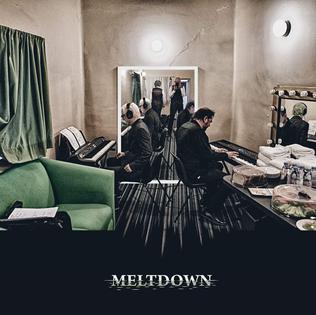



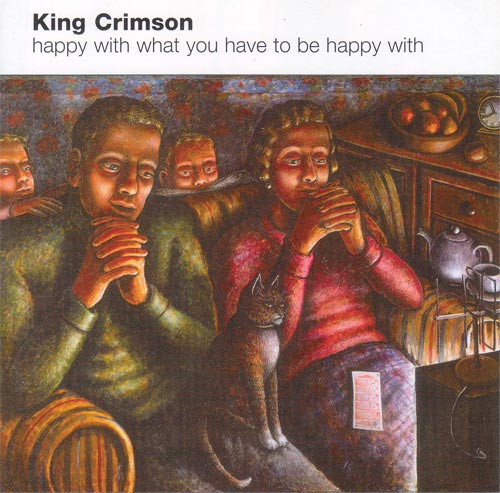

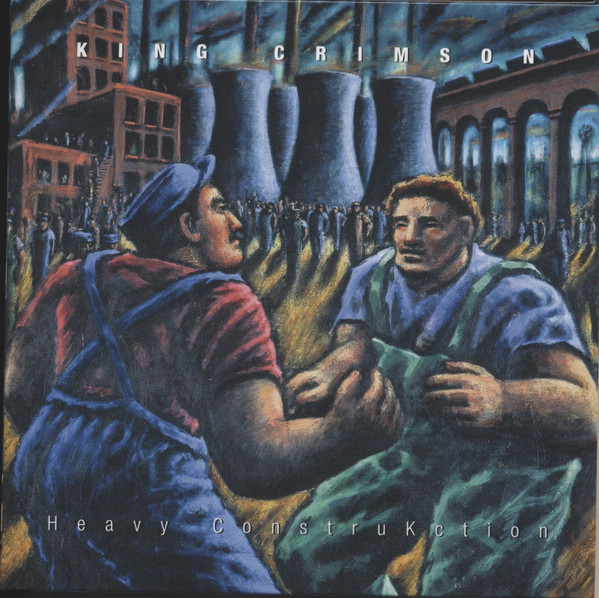
:format(jpeg):mode_rgb():quality(40)/discogs-images/R-6340547-1416857887-8145.jpeg.jpg)

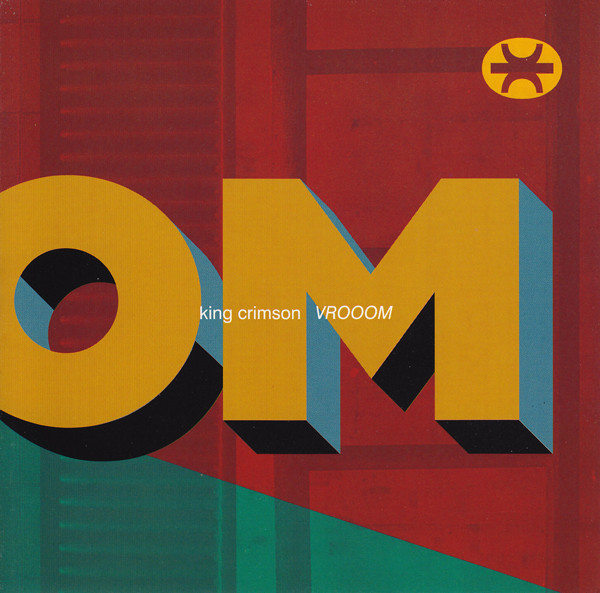

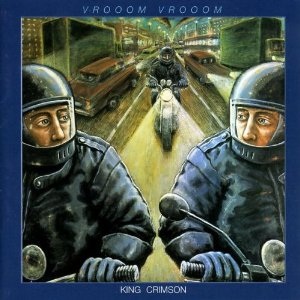


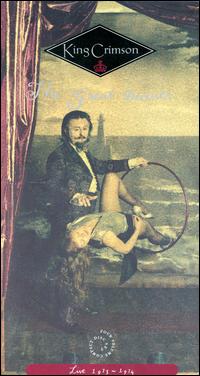

:format(webp):mode_rgb():quality(90)/discogs-images/R-3000653-1574586736-6716.jpeg.jpg)



:format(jpeg):mode_rgb():quality(90)/discogs-images/R-172074-1402243207-4242.jpeg.jpg)
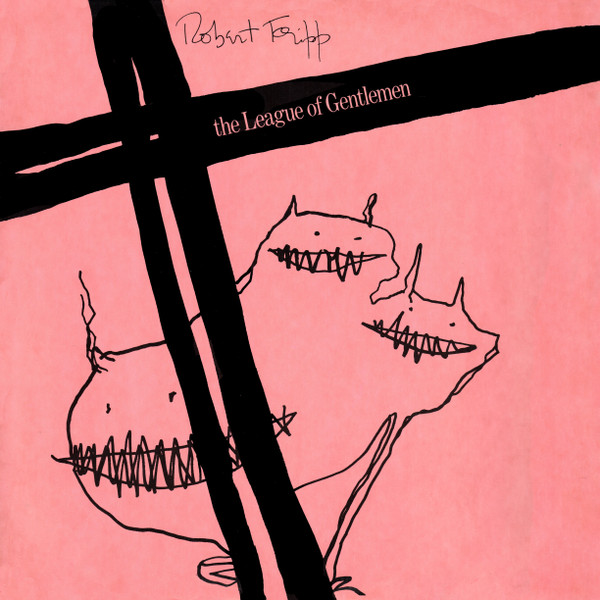
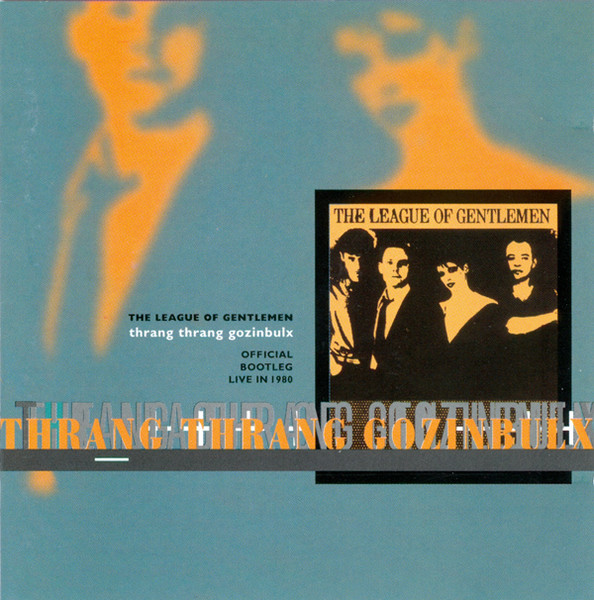
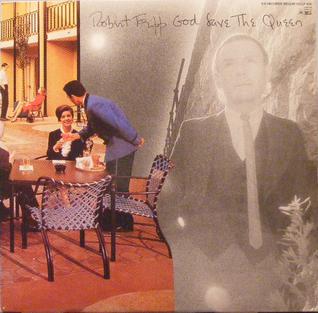
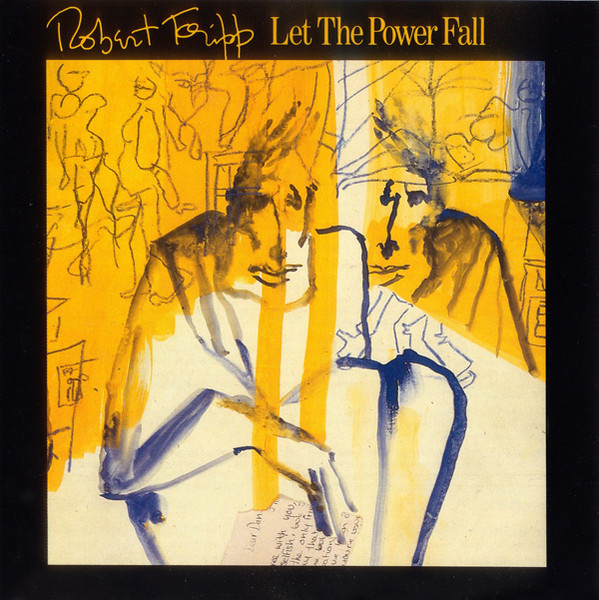
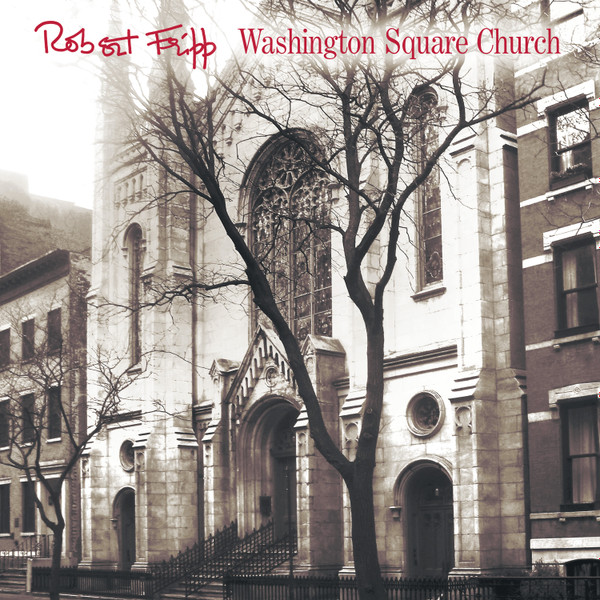

:format(jpeg):mode_rgb():quality(90)/discogs-images/R-702357-1294146705.jpeg.jpg)
